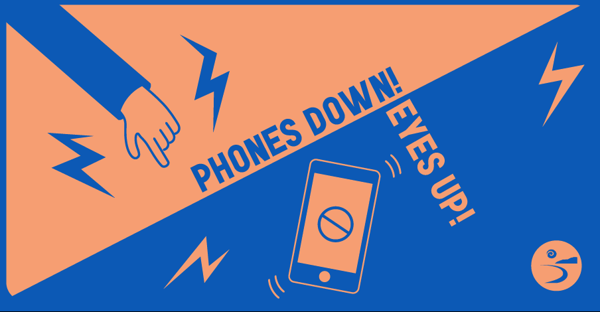Five Factors That Can Lead To A Collision & (tips to prevent them)
June 17, 2019 3:00 PM
by Jason Kligier

Learn the 5 factors that lead to collisions and how to be safe on the road
More often than not, you probably don’t give a second’s thought to getting behind the wheel, starting up the ignition, and heading out on the road. It’s only when you’re confronted with the scene of
Just how serious is it? Serious enough to be considered a public health problem by experts. For example, The National Safety Council has found that someone is injured in a crash every seven seconds, and that that there were 40,000 roadway deaths in 2018 — a 14 percent increase since its measurement four years ago.
The statistics are even more sobering when it comes to children. The Center for Disease Control found that traffic-related crashes are the overall leading cause of death for people under 20 years of age.
Now here’s the thing to keep in mind: these crashes aren’t just caused by “bad drivers.” The truth is, we all give ourselves a little leeway when it comes to following the rules of the road — but we can do better.
Want to be a part of the solution to this public health problem? Read on for the top factors that contribute to serious crashes, so you can take steps to avoid them.
Speeding
In the most recent year analyzed by the National Highway Transportation Safety Administration, speeding was responsible for the deaths of 9,717
So when you’re feeling stressed about getting to an appointment on time, remember — posted speed limits are not intended to hinder you or make you late. They’re designed to preserve your life and the lives of others.
Failure to Yield the Right of Way
Of course, those collisions aren’t just with other cars; they can happen with people who are walking, biking, or scooting as well. Here are a few tips for safe travel in busy areas:
- Slow your speed when approaching a crosswalk or intersection.
- Never pass a car that’s stopped at a crosswalk — there may be a pedestrian you can’t see.
- If you’re biking, scooting, or walking, make eye contact with the person in a car before crossing to ensure that they see you.
Need a refresher on who has the right of way in any given scenario? Take 10 minutes to read the DMV’s guide to
Driving Under the Influence
Here’s some good news: deaths caused by drunk driving have fallen by one-third in the past 30 years. That progress is encouraging, but we’re not out of the woods yet, as driving under the influence still bears responsibility for 29 percent of traffic fatalities in the United States.
As you might know, the legal blood alcohol content (BAC) level for driving is 0.08 percent — about four drinks for the average 160-pound male. (Keep in mind — women and those who weigh less will reach that blood alcohol content level with fewer drinks.) At 0.08 percent BAC, your balance, vision, reaction time, and reasoning are impaired to a dangerous degree. But you don’t have to be at 0.08 percent for there to be significant risk involved with driving. At just .05 percent BAC, you will experience lowered alertness, decreased coordination, reduced ability to focus vision, and blunted response time.
It’s important to keep in mind that driving under the influence of marijuana is also illegal and can interfere with
So if you’re going to indulge, plan a safe route home — hop on a bus, train, designate a driver, or use a rideshare service.
Distraction
Smartphones, checking out the beautiful views from PCH, changing the playlist, looking for parking, reaching for something that fell to the floor — they all add up to a major distraction. Of course, none of these distractions feels like a big deal at the time since you’re simply taking your eyes
According to recent NHTSA studies, distracted driving has claimed the lives of 3,450 people and injured 391,000. So if you’re tempted to look away, if only for a split second — don’t. Keeping your eyes on the road may save lives.
One easy way to cut down on distractions from smartphones is to enable the Do Not Disturb While Driving feature available from most manufacturers, including iPhones and Androids. It will save calls and texts until you’ve reached your destination safely.
Fatigue
Drowsy driving is harder to measure than other collision factors, but the NHTSA estimated that 795 deaths were caused by fatigued driving in 2017. Most of these crashes occur at certain times of day: between midnight and 6 a.m. and in the late
Having a hard time staying awake? Pull over for a short nap or a cup of joe before continuing on the road.
The Bottom Line
Being out on the road is a big responsibility, one that requires attention and respect for the rules of the road. So when you’re driving, be sure to keep in mind these top factors that contribute to serious crashes and fatalities. They just might help you make better decisions… and save lives as a result.
Together, let’s Take the Friendly Road and create a safe and friendly Santa Monica for everyone. For more information, visit santamonica.gov/friendlyroad.
Authored By
Jason Kligier
Chief Planning Officer